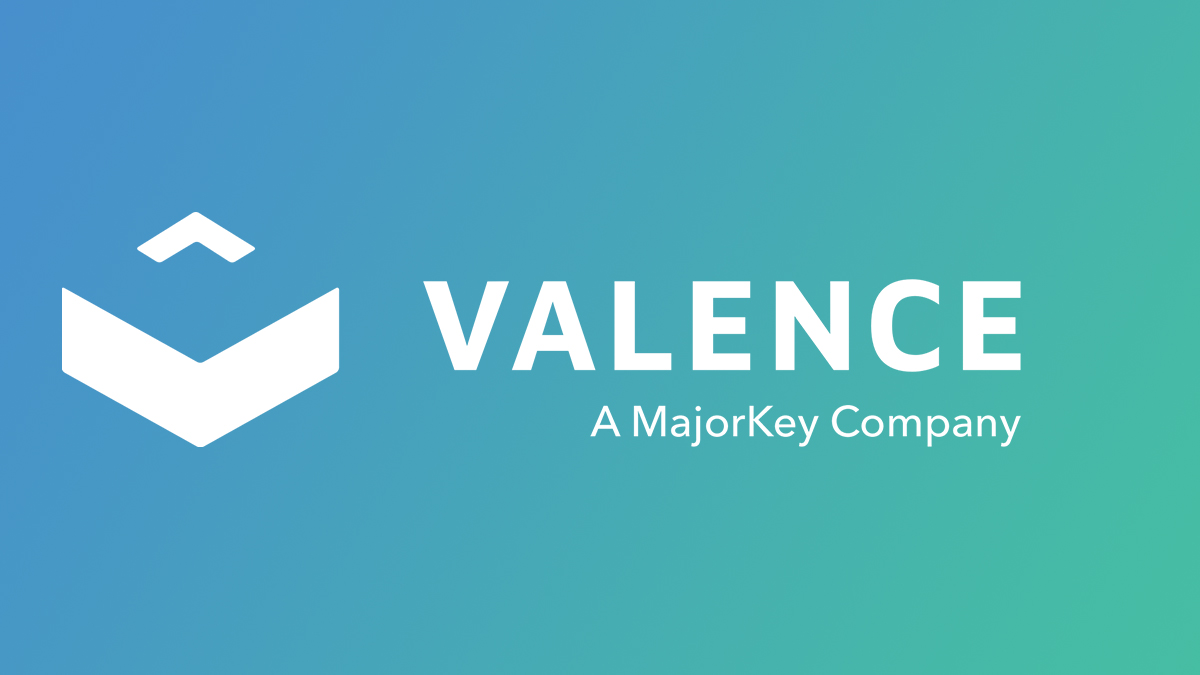
One reasons that Valence consistently is awarded Best Place to Work by the Business Journal is because we are all about a Learning Culture. A Learning Culture is rooted in a growth mindset where people want to learn and to apply what they have learned to help their organization.
Our team weaves together consulting, design, and engineering practices while staying alert to new technologies and innovations, while also becoming experts in our clients’ industries, business units, and market trends.
That’s a lot to learn.
And rather than being intimidated by all the things we have yet to learn, we encourage our people to stay open and curious. Learning is a core value here, and it’s a key to our company’s success.
“One thing I love about this company is that it’s a learning place. I always feel comfortable calling our designers, architects, and engineers so I can tap their expertise and better understand what matters most. They always make the time and encourage me to ask questions, and it helps me feel confident in my role,” Angela Kaiser, senior project manager.
We leverage each other’s knowledge, and as part of MajorKey, we are exploring exciting ways to broaden our educational platform, especially since we are now a global business with learners and teachers in the US, India, and Argentina.
“I love being a part of the learning culture and I love that I have the freedom to learn, admit what I don’t know, and dig into what I want to know. Valence is a great place for that,” says Renee Christenson, senior project manager at Valence. Renee also leads up the Valence Lunch and Learn program!
Learning happens formally and informally here, whether it comes through moments in spontaneous conversations, as part of a scheduled deep dive with a colleague, at one of our monthly lunch and learn meetings, at a conference, or through collaboration with clients and partners.
Senior Content Writer, Malia Jacobson says, “I have a quote by author Annie Dillard framed in my office. The final lines are ‘Anything you do not give freely and abundantly becomes lost to you. You open your safe and find ashes.’ It reminds me that it’s not enough to continually develop new knowledge in our fields—we also need to share what we’re learning. I’ve learned so much from my Valence team members and colleagues, and I’m grateful for the opportunity to share, engage, and pay it forward.”

Here are three tips to bring a learning culture into your company:
- A flat structure will encourage people to ask questions and show their curiosity.
We need each other’s knowledge, and with a flat organizational structure, anyone can share what they’ve learned and what they are passionate about with confidence.
Lunch and learn sessions offer a formalized process with an informal interaction, which helps people to feel comfortable presenting and attending. People respect each other and lead with kindness and respect, so whether you are a presenter with a bit of stage fright, or an attendee nervous to ask a question, everyone is welcome and respected.
2. Invest resources into your Learning Culture and put someone in charge of it.
Valence runs a monthly Lunch and Learn program, which is managed a senior project manager who collaborates with our People team. The Lunch and Learn program typically requires about 4 hours of management time each month.
When a team member delivers a Lunch and Learn presentation, they typically spend up to 40 hours putting the content together, rehearsing, and preparing to present it over several weeks.
The ad hoc requests for education and cross-team sharing are harder to measure, but it’s safe to say that subject matter experts share and seek expertise as part of their work.
We should mention a secondary culture benefit when your company prioritizes learning and teaching, which is that it creates new avenues for employees to know each other and build meaningful relationships, which are crucial for mental health and workplace satisfaction (and harder to come by in remote work situations.)
3. Teach and learn about more than technical topics.
Naturally our monthly Lunch and Learn program covers topics like Artificial Intelligence, 5G, and data governance; but it has also covers topics like Crossfit, perfecting your LinkedIn profile, and making the most of video conferencing. Our upcoming lunch and learn schedule covers topics as varying as DEI (diversity, equity, and inclusion) and the evolution of digital content?
Showcase your Learning Culture by creating a platform for employees to share their passions.
By operating like a campus-less campus, everyone is a student, and everyone is a teacher so we can all come together around learning.
“People are encouraged to share their knowledge and be an educator for the company, which is why you never know what you can learn here,” said Valence President, Jim Darrin.
If you are a knowledge seeker, you’ve got a growth mindset, and you love a learning culture, check out our careers page! At Valence, you might find a career where you can tackle challenges, learn, grow, and develop professionally!
Additional Resources:















